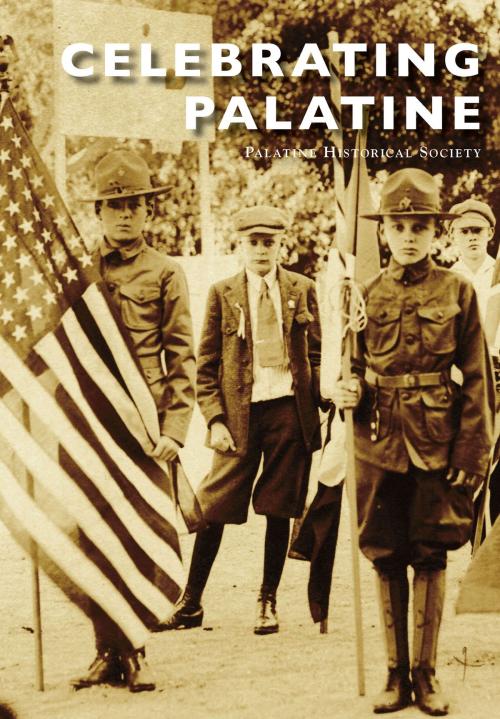Celebrating Palatine
Nonfiction, Art & Architecture, Photography, Pictorials, Travel, History, Americas, United States, Civil War Period (1850-1877)| Author: | The Palatine Historical Society | ISBN: | 9781439662595 |
| Publisher: | Arcadia Publishing Inc. | Publication: | September 18, 2017 |
| Imprint: | Arcadia Publishing | Language: | English |
| Author: | The Palatine Historical Society |
| ISBN: | 9781439662595 |
| Publisher: | Arcadia Publishing Inc. |
| Publication: | September 18, 2017 |
| Imprint: | Arcadia Publishing |
| Language: | English |
The first settlers came to the area that would become Palatine in 1837, shortly after a treaty with the local Indians. Farmers arrived first, merchants and tradesmen followed, and Palatine Township was formed in 1850. Joel Wood laid out a town and brought the railroad in 1855, and men of the area formed a Palatine company that fought in the Civil War. On April 2, 1866, 73 men voted to incorporate the Village of Palatine. The town served as a commercial center for the farms surrounding it. Growth was slow, and the population of Palatine in 1945 was still only 4,000. Then came the post-World War II boom. Chicagoans spread out searching for affordable housing, and the jobs and highways followed. Palatine, 35 miles northwest of the city, thus came to be considered a suburb of Chicago and is one of its oldest to the northwest. Its population today exceeds 72,000 residents. The village held special events throughout 2016 to celebrate its sesquicentennial. The articles in this book, which were published in the Daily Herald, were part of that celebration.
The first settlers came to the area that would become Palatine in 1837, shortly after a treaty with the local Indians. Farmers arrived first, merchants and tradesmen followed, and Palatine Township was formed in 1850. Joel Wood laid out a town and brought the railroad in 1855, and men of the area formed a Palatine company that fought in the Civil War. On April 2, 1866, 73 men voted to incorporate the Village of Palatine. The town served as a commercial center for the farms surrounding it. Growth was slow, and the population of Palatine in 1945 was still only 4,000. Then came the post-World War II boom. Chicagoans spread out searching for affordable housing, and the jobs and highways followed. Palatine, 35 miles northwest of the city, thus came to be considered a suburb of Chicago and is one of its oldest to the northwest. Its population today exceeds 72,000 residents. The village held special events throughout 2016 to celebrate its sesquicentennial. The articles in this book, which were published in the Daily Herald, were part of that celebration.















